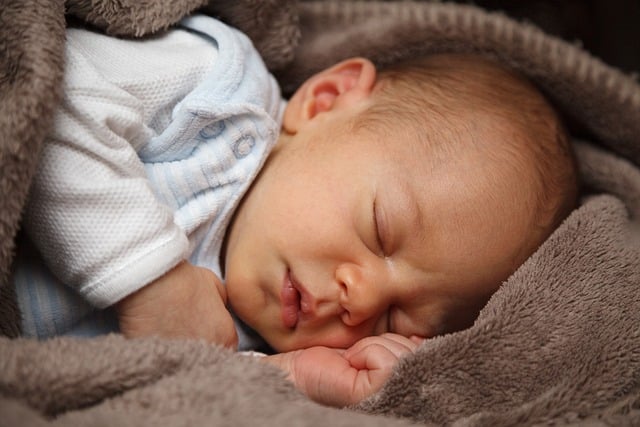At a fifth-grade lunch table, my son’s friend made a hurtful comment. “He’s not really a boy, you know,” she said, pointing to a popular kid at the next table. “Last year, he was a girl.” Another child added, “My mom says he’s mentally ill.” My son’s best friend chimed in, “Caleb’s a trannie.”
“Actually, he’s transgender,” my son interjected. “That means he’s a boy — with a boy brain, in a girl’s body.” The ringleader dismissed him, saying, “You don’t know anything. You weren’t here last year.”
“Sure I do,” my son insisted. “Caleb’s my friend. He’s a boy. He’s transgender.”
What they didn’t realize was that my son is transgender too.
After transitioning, my son wanted to change schools to avoid the constant reminders of his past. He longed for a fresh start, where he wouldn’t be misgendered or have to hear his birth name used. The school district suggested he stay at his current school, where he had friends and support, but ultimately, we let him decide. He chose to move to a new school.
The lunch table conversation weighed heavily on him. By the end of the day, he called me, feeling too upset to continue with his classes. “Mom, didn’t the school do a program last year teaching kids and parents about transgender issues when Caleb transitioned? They were supposed to learn about it.”
I affirmed his concern. We talked about ignorance and I shared a story from my past about a homophobic teenager raised in a devoutly Catholic household in the ’80s. “You were a homophobe? But you have a gay brother!” he exclaimed.
“True, but I didn’t know that when I was 16 and my brother was just a kid. Luckily, I had someone like my friend Ann, who helped me understand that my ideas were misguided. If she had shamed or angrily confronted me, I might not have opened my mind.”
“I wanted to tell them they were wrong,” my son admitted, staring at his hands in the car. “But I didn’t, and I felt disloyal to Caleb.”
“You defended him, which was the right thing to do. You weren’t disloyal,” I reassured him.
“But it just didn’t feel like enough.”
We live in a progressive area with a community that generally leans left and promotes social liberalism. Yet, until parents are as outraged by transphobic remarks as they would be by racial slurs, we still have a long way to go.
What matters, though, is that kids like Caleb are out there showing their peers what being transgender means. My son does the same when he’s open about his identity — whether it’s in our neighborhood, at his dojo, or within our family. And with advocates like my friend Ann, more high schools now have clubs like the Gay-Straight Alliance (GSA), empowering LGBTQIA+ youth.
The ignorance and prejudice of previous generations, even those stemming from anti-LGBTQ religious beliefs, can’t compete with the understanding that our children cultivate amongst themselves.
To learn more about navigating family dynamics, you might find this post on home insemination kits helpful. Additionally, for those seeking information on intrauterine insemination, check out Healthline’s excellent resource. For a deeper dive into gender identity issues, visit Modern Family Blog, which offers valuable insights.
In summary, my son’s experience highlights the ongoing challenges faced by transgender youth. While we’ve made progress, there’s still much work to be done in fostering understanding and acceptance among their peers.
